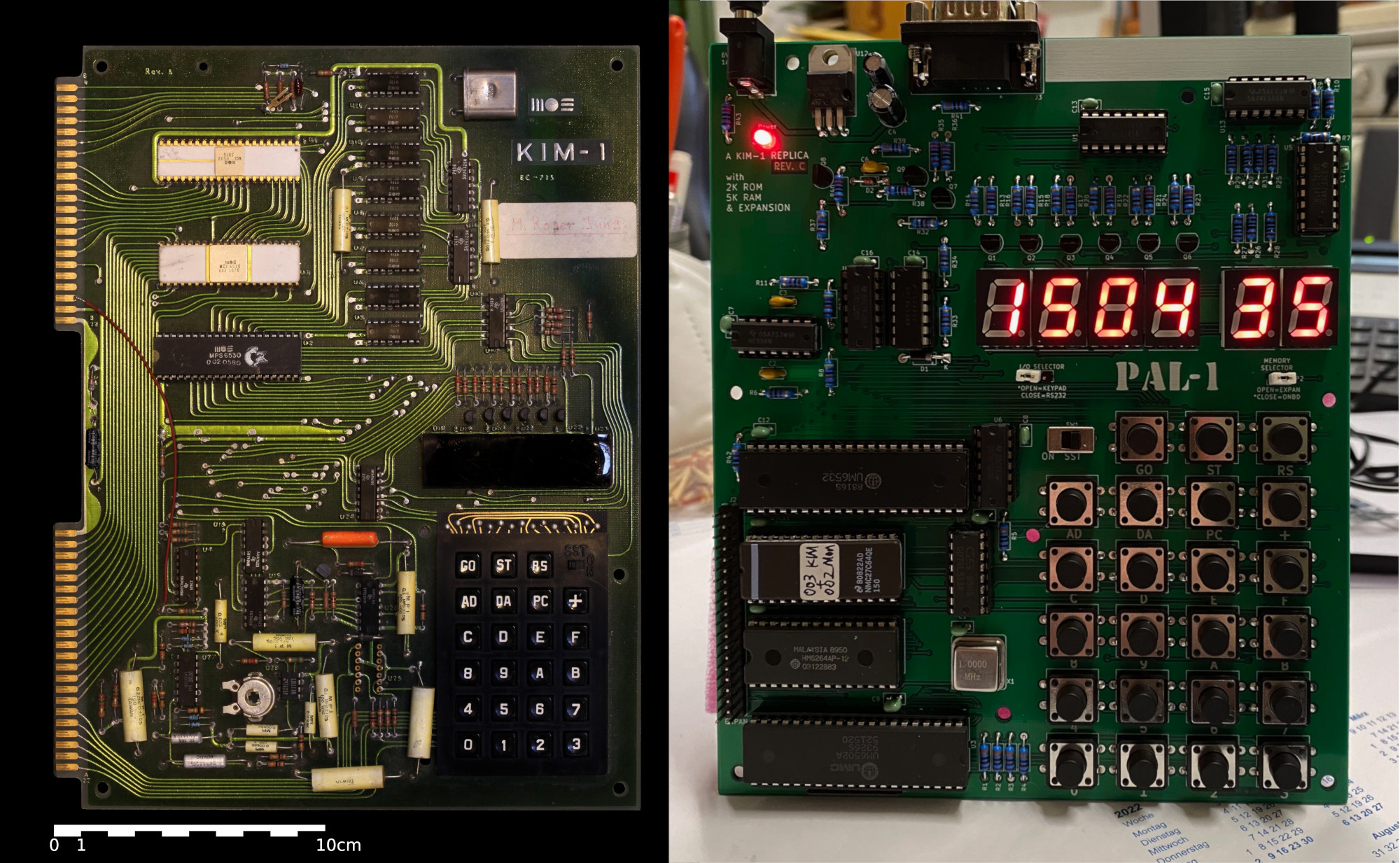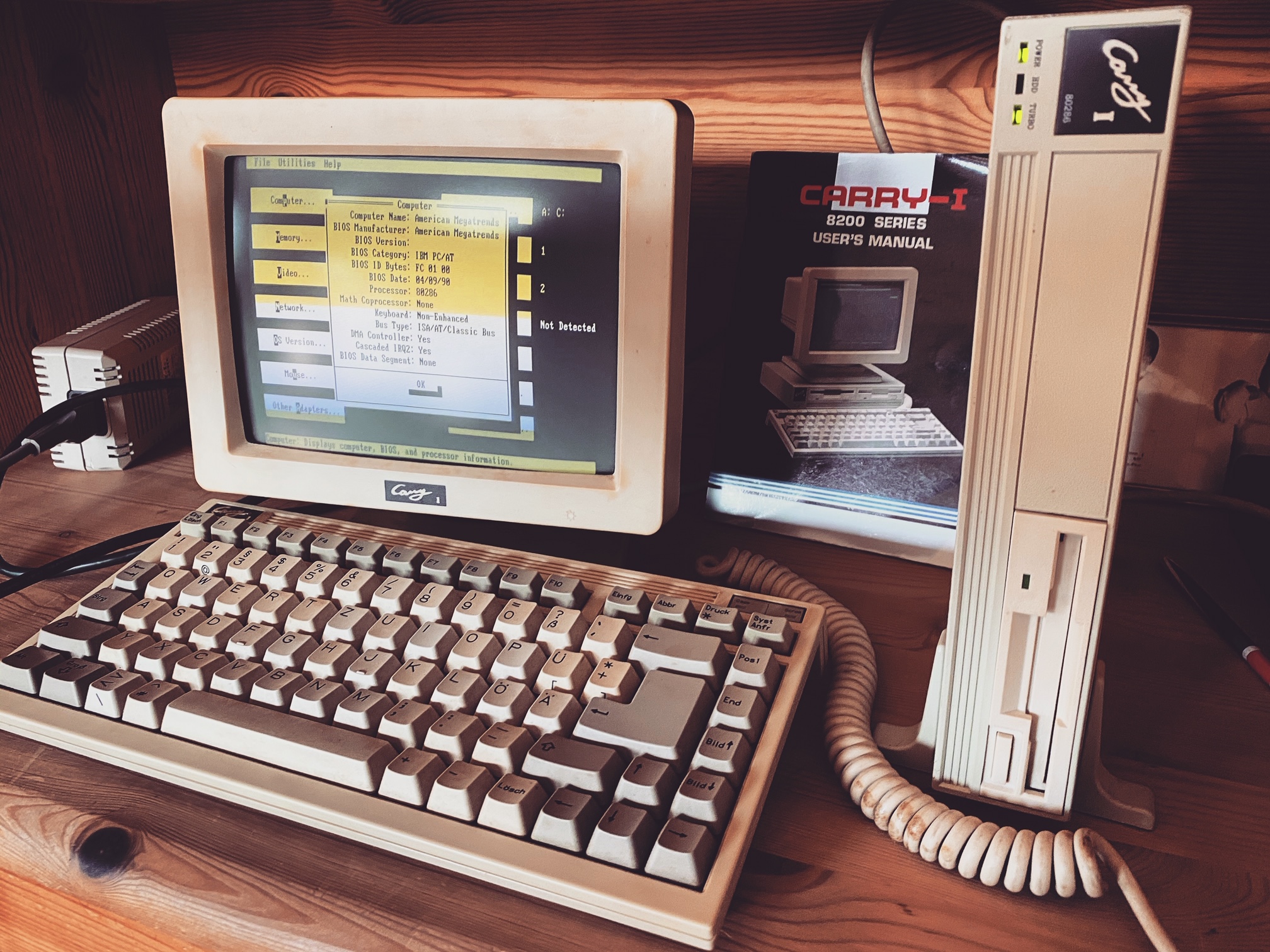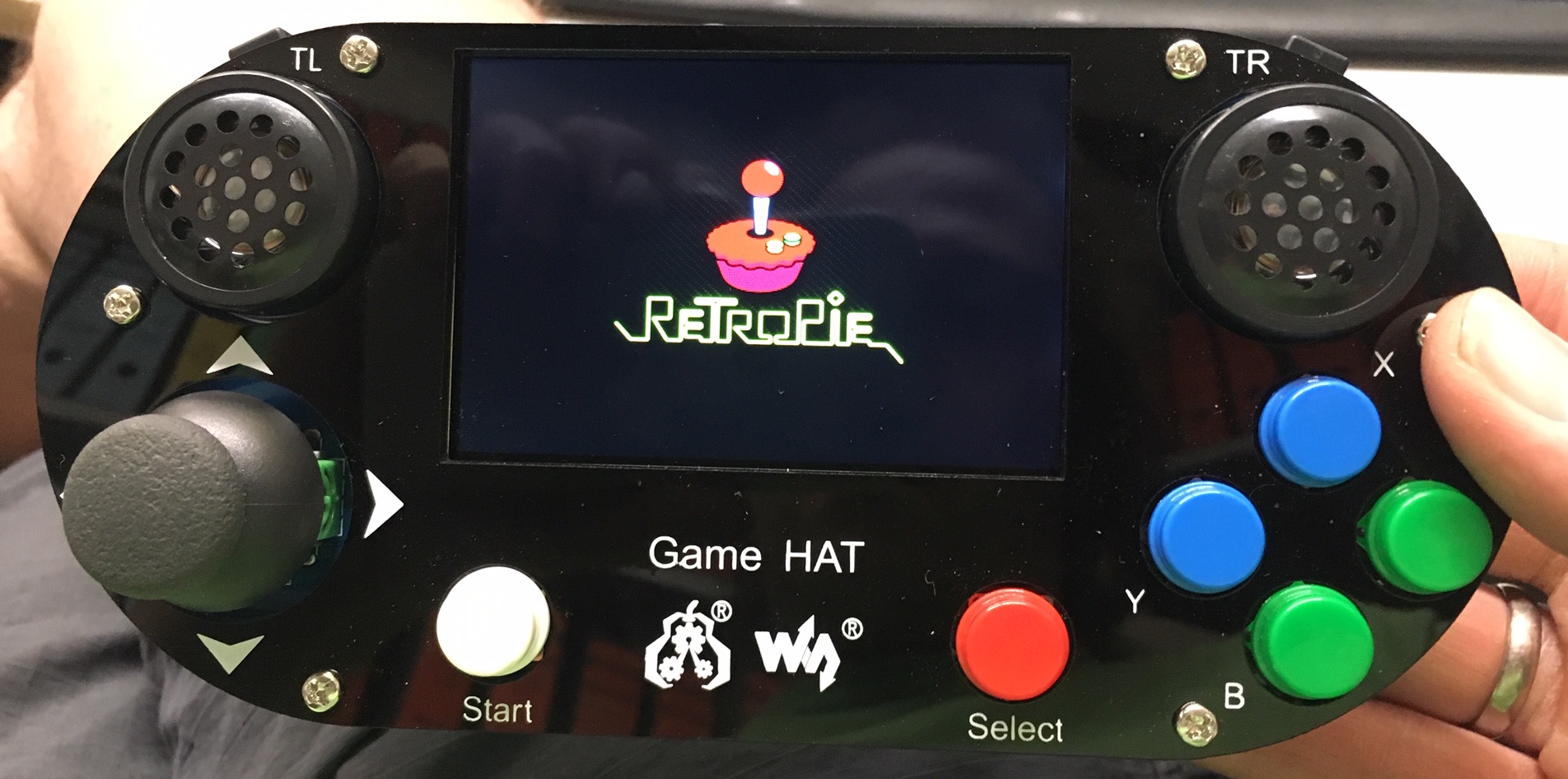17.1.21, 12:49 - retro & C64
gepostet von web doc
gepostet von web doc
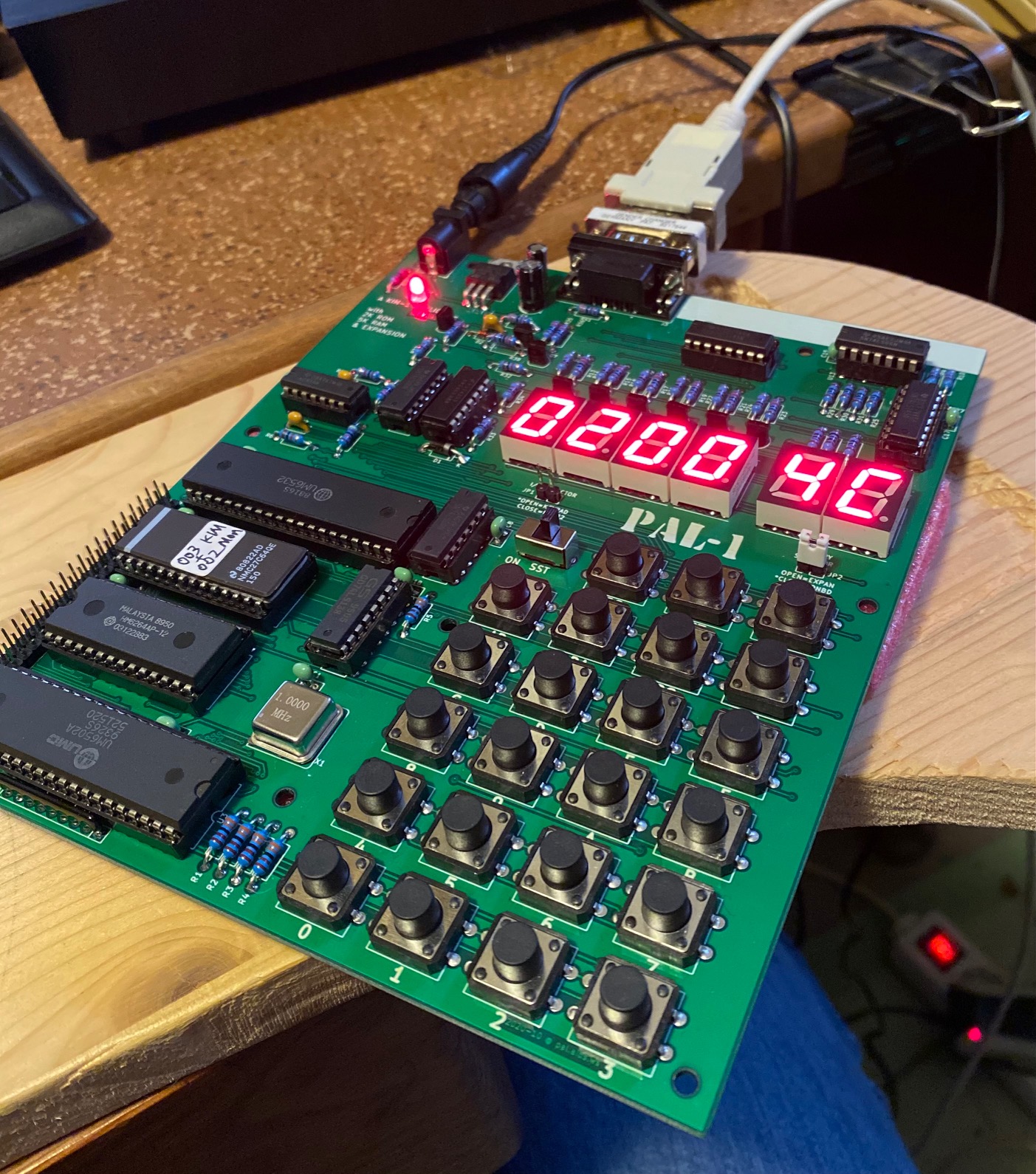
The PAL-1, a KIM-1 Clone arrived on thursday direct from Wuhan. It is kind of similar to Ruud's and Vinces KIM Clones, with a new and very clean and clear motherboard layout.
You may ask what the KIM-1 is. Well, it's the famous preprepredecessor of all homecomputers. Really all.
I't ROM contained 2 Operating systems, switchable by a jumper: One for the onboard I/O (it is equipped with 6 LED digits for output and 23 buttons for input) and the second for serial line I/O.
My soldering skills were enough to assemble the kit in 3 hours. The power input states 6VDC, but my experience was that the 7805 needs a bit more to let the serial Line work correct. I chose 7.5 V.
To transfer programs to the KIM, you can paste Textfiles from the Terminal program. It needs a bit of tinkering to find the exact delay
200 ms Line delay and 20 ms Character delay is working for my setup
(after each Line a checksum is being sent, so the line delay must be a bit higher).
TinyBasic (4 kb) transfered in 2 minutes, lager programs wil be a pita.
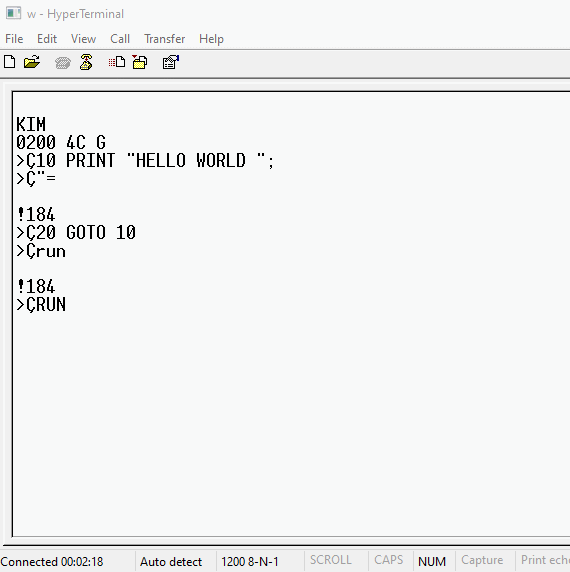
So, now let's start reading "The First Book of KIM" by Butterfield, Ockers, Rehnke and push the limits
So long,
yours
webdoktor

